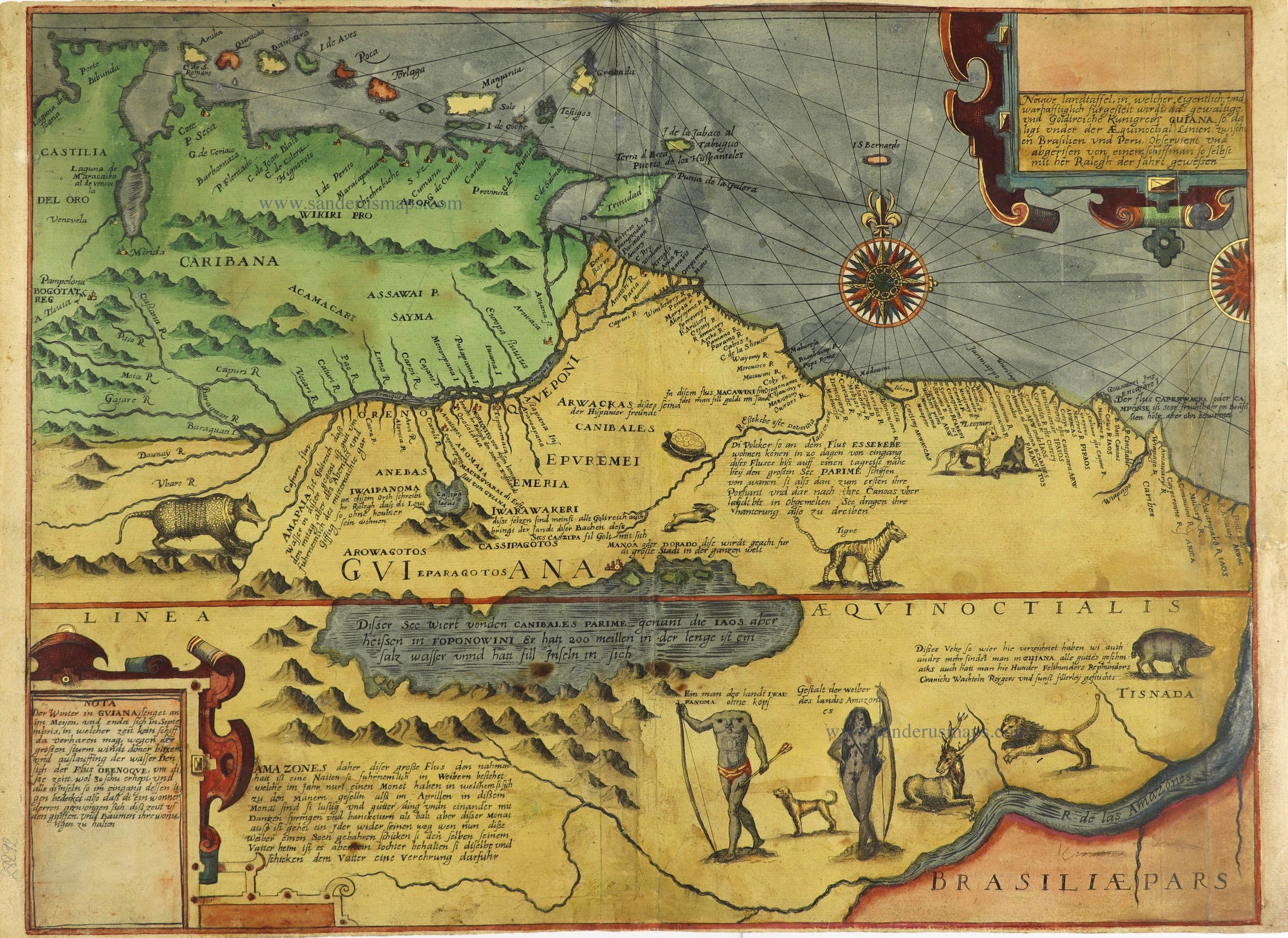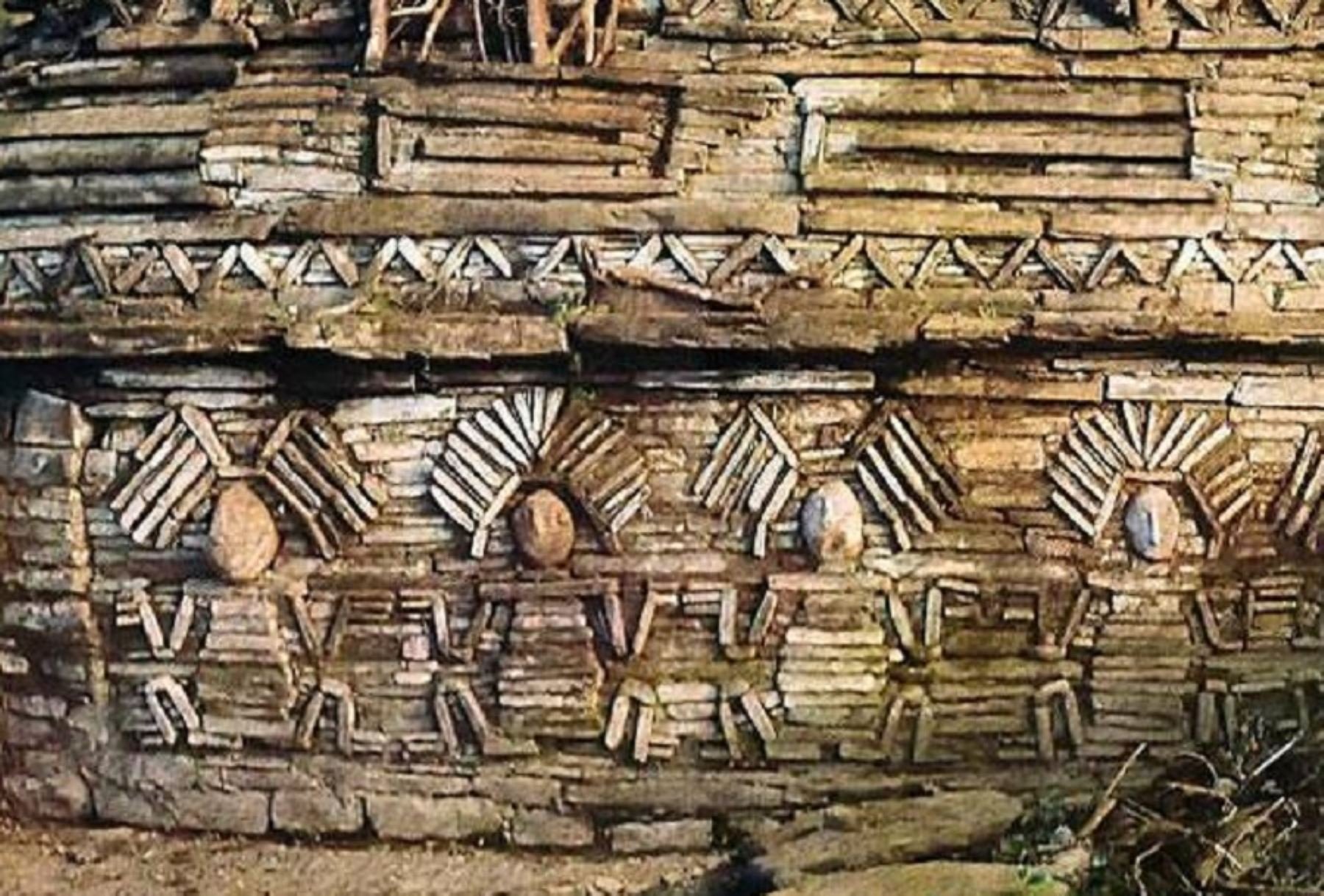The Lost City of Z: A Journey into the History, Discoveries and Mythology of a Legend
Disclaimer
The intention of this content is to expand awareness about certain places, myths and stories told at some point by humanity. Much of the information may not be scientifically supported or may contradict current theories. Knowledge, throughout history, is constantly updated, constructed or replaced when there is greater understanding. Therefore, we want to build a serious approach, within free thought, and in its use in a beneficial way for collective evolution. If you like this content, please consider to follow us on Instagram and Youtube for more.
For a long time, mankind has been fascinated by stories of lost cities and ancient civilizations. These mysterious narratives feed our imagination and awaken the desire to explore the unknown. One of the most intriguing of these legends is the story of the Lost City of Z. Over the years, the search for this ancient city has spurred explorers, archaeologists and adventurers alike, leading them to explore the vast forests of South America, including the famous Serra do Roncador. In this content, we will delve into the depths of mythology, historical expeditions and archaeological discoveries related to the Lost City of Z.
The Origin of a Legend
The Lost City of Z. Paititi. Eldorado. Akakor. Ratanaba...
The legend of a lost city nestled in the Amazon dates back to the first European explorers who arrived in South America. During the 16th century, rumors of a legendary city filled with riches and advanced knowledge began to spread throughout the region. These stories were transmitted by indigenous tribes who mentioned the place in the depths of the Amazon rainforest, possibly located in the region close to the Serra do Roncador.
The legends describe a majestic and grandiose architecture, with immense stone buildings, ornate palaces, sacred temples and imposing walls. The streets are paved with precious stones, and the buildings are adorned with intricate carvings and dazzling works of art.
The Lost City is inhabited by an advanced civilization with skills and technologies beyond contemporary human comprehension. Its inhabitants are believed to be wise and powerful, guardians of ancient secrets and holders of valuable knowledge. Legends sometimes speak of legendary leaders or divine rulers who rule the city with justice and wisdom.
Theodore de Bry (1599) map with the "Manoa El Dorado” City (center).
Traces of this story are also mixed with other reports, such as Manuscript 512, present today at the National Library in Rio de Janeiro. The manuscript details the discovery by Bandeirantes, explorers of the time, of a strange city in the interior of Brazil with characteristics that are not at all native...
The natives themselves support the legend. In addition to tales and oral wisdom, there are reports of disappearances and visits by strange inhabitants that emerge from caves and lakes of clear water in the area, making many afraid to venture into the dense forests and caves of the region for this reason. These legends also blend into the pantheon of native peoples and their personification.
Percy Fawcett's Relentless Pursuit
One of the most prominent characters in the history of the quest for the Lost City of Z was British explorer Percy Fawcett, who even inspired the great character Indiana Jones. In 1925, Fawcett led an expedition to find the legendary city, believing that it could be located in the region close to the Serra do Roncador. He believed that the city was the site of an advanced ancient civilization.
However, Fawcett and his team mysteriously disappeared into the jungle and were never found again. This tragedy only served to fuel the mythology of the Lost City of Z and inspire new expeditions and research over the years. A film was made with this focus, and it remains to be seen whether the city's history is true. But, after all, why did Fawcett believe so much in this theory and explore the Amazon so diligently?
One of the exploratory routes made by Fawcett in the Amazon Jungle.
Mythology, Theories and Speculations
Over the decades, several theories have been proposed to explain what happened to the Lost City of Z and why it remained unexplored. Some speculate that the city could have been swallowed up by dense Amazonian vegetation thousands of years ago, making it almost impossible to find. Others suggest that the city may have been destroyed by tribal conflicts or natural disasters that occurred in the region.
Other legends speculate about the presence of antediluvian peoples in the place. For those who know the history of Atlantis, this is full of conspiracy theories. But, interestingly, some studies of the modern era speculate about the Amazon region having a climate and geography quite different from the current one, as well as the Sahara twelve thousand years ago. Would that have allowed the expansion of peoples and navigation from other places there? [1]
Is this another “crazy” map or does it have some foundation?
Brazilian indigenous myths anticipate these stories through tales and the local pantheon itself. Tupã is the god of lightning, as well as Zeus, Jupiter and Enlil. All of them are curiously similar and identified as creation gods. There are other incredible “coincidences” such as the God Sumé, responsible for maintaining the laws and rules and also for knowledge such as cooking cassava and its applications. According to oral history, Sumé was a great old man, white as daylight, with a long venerable beard spread across his chest like a towel of snow down to his feet, the tip of which brushed the water of the sea.
Legend has it that the natives rebelled and Sumé one day left for the other side of the Atlantic, promising to return to discipline them again. Going further, it is mentioned that when Sumé left, he would have left a series of inscriptions engraved on a stone somewhere in the interior of Brazil.
Enlil, Tupã, Zeus, Sumé… Why such similarity between these men (or “Gods”) in each civilization?
What is most impressive is not the oral reports and myths per se, but rather how such a similarity of belief with the pagan peoples of Europe and ancient civilizations of the East would be possible without contact before what is officially believed by history. Being quite skeptical and even considering the stories “exaggerated”, the similarity of details and facts is so striking that it ignites a spark of curiosity to illuminate current historical and scientific gaps.
Recent Archaeological Discoveries
In recent years, technological advances and more sophisticated research methods have allowed for a more in-depth exploration of the Amazon rainforest and the Serra do Roncador region. These expeditions resulted in significant archaeological discoveries, revealing ancient settlements and evidence of pre-Columbian civilizations. While no specific discoveries of the Lost City of Z have been made to date, this new evidence suggests that indigenous stories may have some historical basis and deserve further investigation. Let's cite some examples below:
Acre Geoglyph Circles (Brazil): In 2020, the discovery of a series of geoglyph circles in the Acre region of the Brazilian Amazon was announced. These structures, which date back approximately 2,000 years, were identified with the help of satellite imagery and LIDAR technology. Geoglyphs are circular formations made by pre-Columbian peoples and may have had various purposes, such as rituals or territorial markers. [3]
Gran Pajatén archaeological site (Peru): Located in a remote area of the Peruvian Amazon, the Gran Pajatén archaeological site is an ancient city built by the Chachapoya civilization. This pre-Inca civilization built a series of architectural complexes, including platforms, terraces, plazas and residential buildings. Gran Pajatén was discovered in 1963 and is famous for its well-preserved structures and the lush jungle environment that surrounds it.
Serranía de la Lindosa (Equador): Hailed as "the Sistine Chapel of Ancient Men", archaeologists have found tens of thousands of paintings of animals and humans created up to 12,500 years ago on cliffs that stretch for almost 13 kilometers in Colombia. Its date is based in part on its depictions of extinct Ice Age animals such as the mastodon, a prehistoric relative of the elephant that has not roamed South America for at least 12,000 years. There are also images of paleolama, an extinct camelid, as well as giant ground sloths and ice age horses. [3]
The Lost City of Z's Legacy
Whether the Lost City of Z is myth or historical reality, its legacy lives on as a fascinating story and a symbol of exploration and adventure. The relentless pursuit of the city reflects our innate need for discovery and our desire to unlock the hidden secrets of the past.
We know that science is a powerful tool today to discover many things that are still hidden under layers of rocks and dense vegetation. Many legends give clues to these discoveries through questions still unanswered by those who cling to current models and do not allow the evolution of knowledge.
Whether the Lost City of Z is found one day or remains forever shrouded in secrecy, its legacy as one of mankind's greatest stories of exploration and adventure will remain intact and spur pure science to uncover the secret of our origins.
Keep exploring! The truth is out there!






